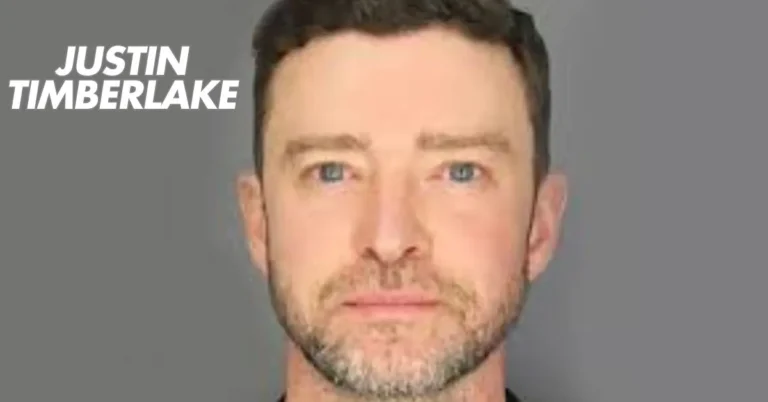Vahid Reza Gharehbaghi: A Pioneer in Structural Health Monitoring and Damage Detection
Vahid Reza Gharehbaghi is a prominent figure in the field of structural health monitoring (SHM), with a particular focus on damage detection and identification in civil engineering structures. His work has made significant contributions to the understanding and application of advanced methodologies in assessing the integrity and safety of structures such as bridges, buildings, and other critical infrastructures. This article provides an in-depth look at Gharehbaghi’s research, achievements, and the impact of his work on the field of structural engineering.
Early Life and Academic Background
Vahid Reza Gharehbaghi began his academic journey with a strong foundation in civil engineering. His early education focused on the principles of structural engineering, which laid the groundwork for his later research into structural health monitoring and damage detection. He pursued advanced degrees, earning recognition for his innovative approaches and contributions to the field. Gharehbaghi’s academic career is marked by a commitment to developing new methods for assessing and maintaining the integrity of critical infrastructures.
Structural Health Monitoring (SHM): An Overview
Structural Health Monitoring (SHM) is a critical area of research that focuses on the continuous monitoring of structures to assess their condition and detect any potential damage. The primary goal of SHM is to ensure the safety and longevity of structures by identifying issues before they become catastrophic. This field has grown rapidly, thanks in part to the contributions of researchers like Vahid Reza Gharehbaghi, who have developed novel techniques for monitoring and assessing structural integrity.
Gharehbaghi’s Contributions to Damage Detection and Identification
Damage detection and identification are central to Gharehbaghi’s research. He has developed various methodologies for identifying structural deterioration using advanced signal processing techniques, such as the Stockwell transform and wavelet analyses. His work often involves the use of ambient vibrations to detect damage, which is a low-cost and non-invasive method of assessing the health of structures. Gharehbaghi’s research has led to the development of high-accuracy damage identification procedures that are now being used in real-world applications.
Novel Approaches and Techniques
One of the most significant contributions Gharehbaghi has made is the development of novel approaches to damage detection. He has pioneered the use of convolutional neural networks (CNNs) and deep learning techniques to improve the accuracy of damage detection in civil engineering structures. These AI-driven methods have proven to be highly effective in identifying damage that traditional methods might miss, especially in complex structures where manual inspection is challenging.
Application of Neural Networks in Structural Health Monitoring
Gharehbaghi’s work has also involved the application of neural networks and data mining techniques in SHM. By using these advanced technologies, he has been able to develop models that predict structural deterioration with a high degree of accuracy. Neural networks, in particular, have been instrumental in enhancing the ability to detect subtle changes in structural integrity, which is critical for preventing failures in critical infrastructures.
Case Studies and Real-World Applications
Vahid Reza Gharehbaghi’s research is not just theoretical; it has been applied in numerous real-world scenarios. His work on the use of low-cost ambient vibrations for SHM has been implemented in various bridge and building projects around the world. These case studies demonstrate the practical utility of his methodologies, showing how they can be used to enhance the safety and reliability of structures.
Collaboration and Influence in Structural Engineering
Gharehbaghi has collaborated with many other leading researchers in the field, including Seyedali Mirjalili and Noroozinejad Farsangi. These collaborations have led to the development of new models and systems that further advance the field of structural health monitoring. His influence extends beyond academia, as his work has been cited extensively in both research papers and practical engineering applications.
Conferences and Publications
Vahid Reza Gharehbaghi has presented his research at numerous international conferences, including those focused on structural engineering and health monitoring. His work has been published in leading journals, such as “Engineering Structures” and “Structural Control and Health Monitoring,” where it has been widely recognized for its innovation and impact. He is also frequently cited in PubMed and Google Scholar, where his papers continue to influence ongoing research in the field.
The Future of Structural Health Monitoring
Looking ahead, the field of structural health monitoring is poised to continue evolving, with Vahid Reza Gharehbaghi playing a key role in its development. His work on integrating AI and machine learning into SHM systems is likely to set the standard for future research. As the need for more robust and reliable monitoring systems grows, Gharehbaghi’s contributions will remain at the forefront of efforts to protect and maintain critical infrastructures.
Challenges and Opportunities
While Gharehbaghi’s work has made significant strides in improving SHM, there are still challenges to be addressed. One of the main challenges is the integration of these advanced systems into existing infrastructure, which often requires significant investment and adaptation. However, the opportunities presented by these technologies, particularly in terms of improving safety and reducing maintenance costs, are substantial.
Conclusion
Vahid Reza Gharehbaghi is a leading figure in the field of structural health monitoring, with a particular focus on damage detection and identification. His contributions have had a profound impact on the way we monitor and maintain critical infrastructures, ensuring their safety and longevity. Through his innovative approaches, including the use of neural networks and deep learning, Gharehbaghi has advanced the field of SHM and set the stage for future developments. As the field continues to evolve, his work will remain a cornerstone of research and practice in structural engineering.
FAQs
Who is Vahid Reza Gharehbaghi?
Vahid Reza Gharehbaghi is a leading researcher in structural health monitoring and damage detection.
What is Structural Health Monitoring (SHM)?
SHM is a process for continuously monitoring the condition of structures to detect damage and ensure safety.
What methods has Gharehbaghi developed for damage detection?
He has developed advanced techniques using AI, neural networks, and ambient vibrations for accurate damage detection.
How has Gharehbaghi’s work impacted civil engineering?
His research has significantly improved the accuracy and reliability of structural health monitoring systems.
Where can I find Gharehbaghi’s publications?
His work is widely published in journals like “Engineering Structures” and “Structural Control and Health Monitoring,” and available on Google Scholar.






